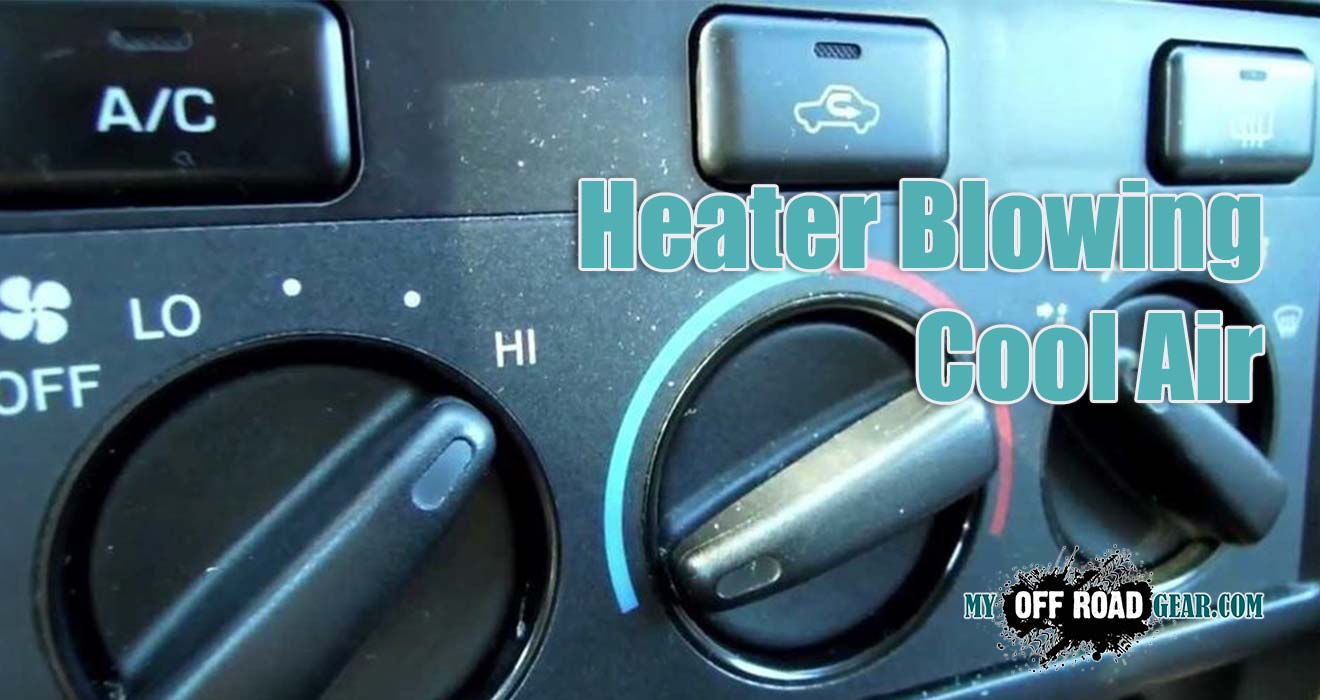There is nothing more frustrating than having a heater blowing cool air with the outside temperatures dropping into the ’20s and ’30s.
We need to ask a critical question to help you find the problem and get that warm air flowing again.
Does your Jeep have an automatic temperature control system?
If you are unsure whether your Jeep has an automatic temperature control system, you can find this information in your Jeep’s owner’s manual. Older jeeps will not have this type of system.
If your answer to this question is no, your Jeep has a standard (manual) heater system, and the most probable cause is that your heater control valve is not opening. This would be the cause of your heater blowing cool air.
The heater control valve is usually located in one of your heater hoses and controls the amount of air sent to the heater core.
The control valve is either controlled by a vacuum line or a lever connected to a cable, and both are controlled from levers on your dash.
Depending on how your heater control is operated, check the vacuum hose or control cable to ensure that they are properly connected. Have someone operate the control valve lever to see if the valve is working.
If the valve doesn’t seem to be working properly, replace the valve or take your Jeep to a qualified service professional.
Yes, I have one of those fancy heater systems.
The automatic temperature control system is fairly complex and usually requires a qualified service professional to diagnose and fix any problems.
Your vehicle’s onboard computer controls the system to maintain a constant temperature inside the passenger compartment.
The system probably has a bad ambient air sensor or a problem with the blend door and would cause your heater to blow cool air.
A bad ambient air sensor will send inaccurate information to the computer and cause the blend door not to open enough to allow enough air to flow through the system.
If the problem is with the blend door, it may have become bound, or the control mechanism has failed.



Add Comment